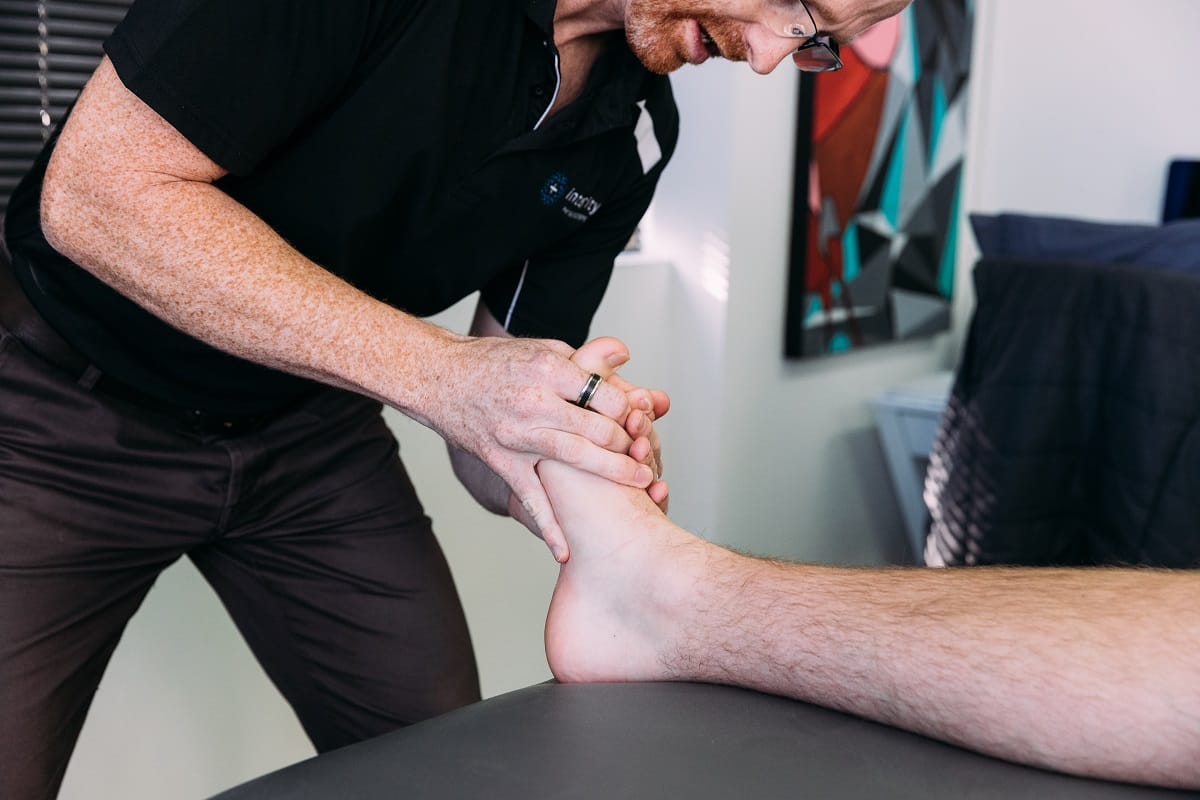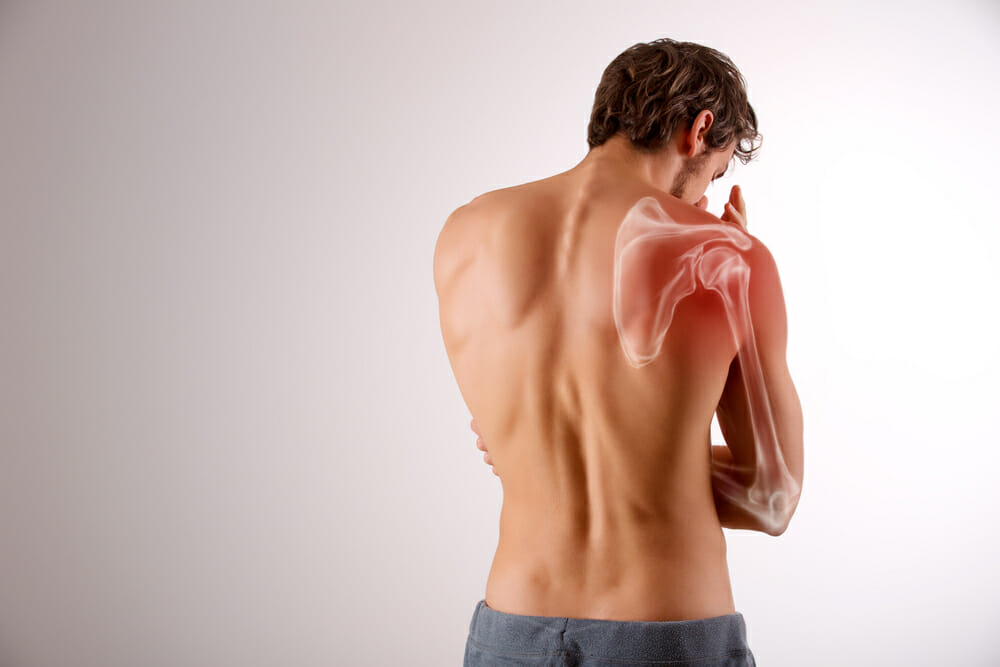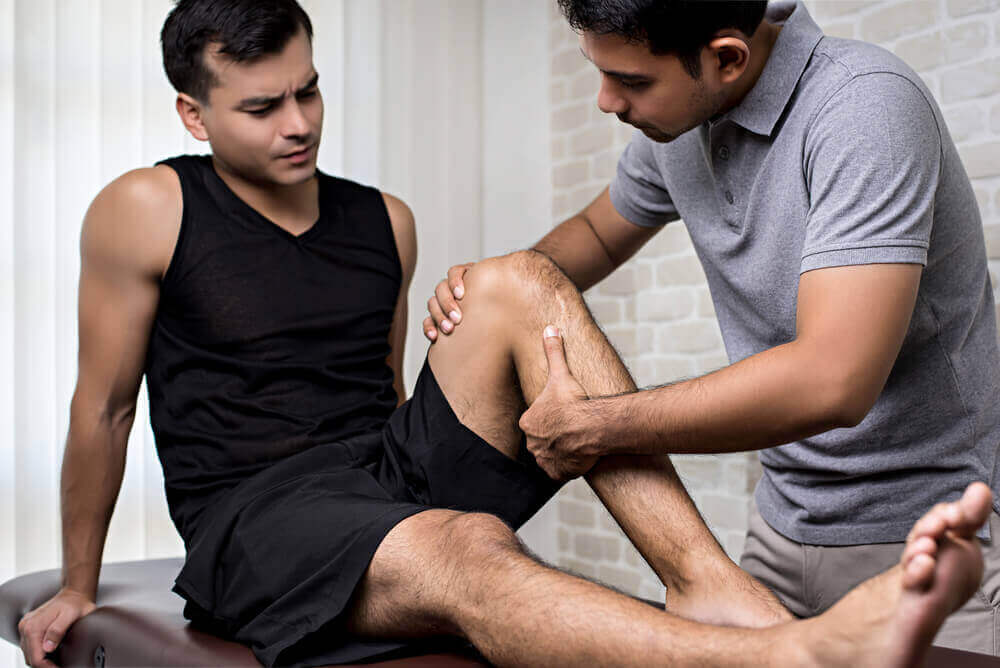
Physiotherapy plays an important role in the treatment of a wide range of conditions and injuries. Physiotherapists are experts in human movement and structure, working with all ages and treating health conditions such as, musculoskeletal conditions, sports injuries and chronic health conditions. Physiotherapists are involved in the assessment, diagnosis, treatment and management of many of these common health problems. Here are some of the most common health conditions that physios treat.
Neck Pain

Neck pain affects almost everyone at some point in their lives. There are numerous causes of neck pain, which are usually not a sign of any serious condition. Some of the most common causes of neck pain include:
- Muscle tension
- Poor posture
- Trauma
- Prolonged use of computers
- Whiplash
Physiotherapy for neck pain initially undertakes an examination to determine the cause of pain and how it may be affecting joint movement. Treatment aims to ease pain and restore normal neck function. Your physio may use manual therapy, mobilisation, and occasionally manipulation where necessary.
Jaw Pain

The temporomandibular joint (jaw joint) is a very complex joint which can sometimes become painful, affecting its function. Jaw pain affects many Australians and can interfere with eating and speaking. Jaw pain may occur for a variety of reasons including clenching, stress and dental issues.
Jaw problems can cause clicking or popping sounds, pain when yawning or chewing, and may cause difficulty opening the mouth. Certain habits such as teeth grinding and jaw clenching are common causes of jaw pain. This is where physiotherapy can help.
Physiotherapy for jaw pain helps to:
- Identify the cause of pain
- Mobilise painful and stiff joints
- Provide exercises to address jaw problems
- Provide assistance after certain dental procedures
Back Pain

Back pain can be debilitating for many, affecting all areas of daily life. Your spine is designed to support and protect your spinal cord while also allowing for flexibility and movement. Your spine is made up of vertebrae which is connected by joints, ligaments, muscles, nerves and discs.
Due to the complexity of the spine, there are numerous causes of back pain. Some of the most common include, poor posture, muscles strain and weakness, nerve irritation and disc injury. Physiotherapy treats back pain by restoring normal function to joints, increasing muscle strength and reducing muscle tension. This helps to improve overall movement and flexibility, while reducing any nerve irritation or pain.
Vertigo
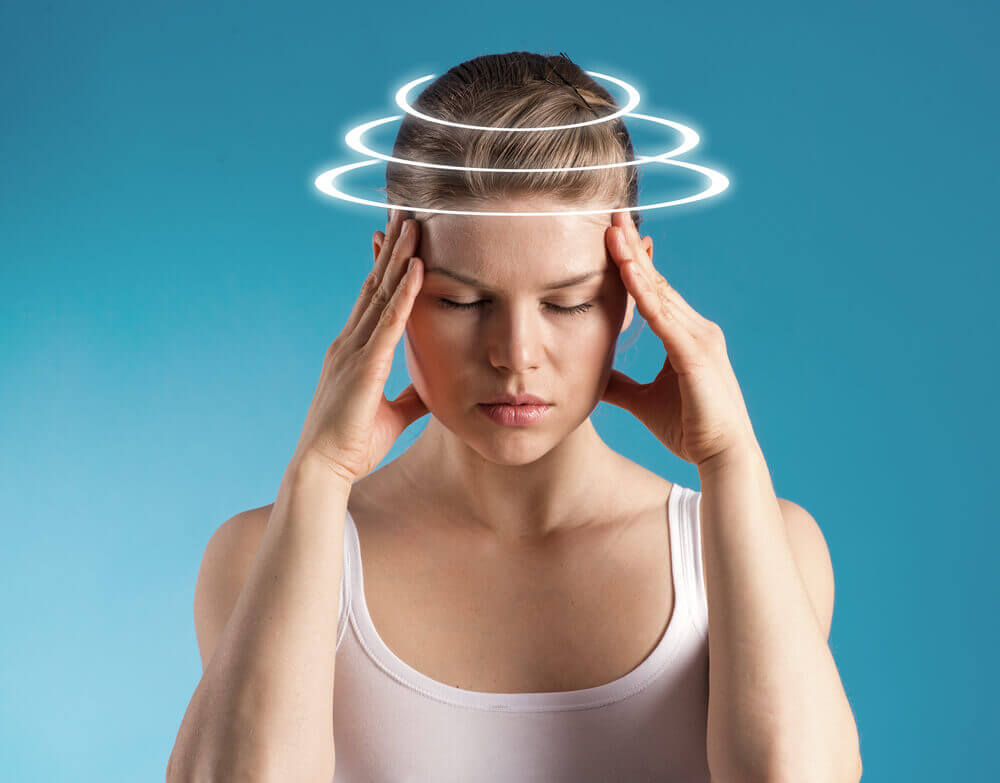
Vertigo is a sensation of spinning, swaying or movement when your body is still. Vertigo can cause other symptoms, such as nausea and headaches, which may be very disorientating for the person suffering. One of the most common causes of vertigo is Benign Paroxysmal Positional Vertigo (BPPV). This type of vertigo is treatable by physiotherapists.
Vestibular physiotherapy is a very good option to treat the symptoms of vertigo, particularly when symptoms are made worse by movement. Dizziness and vertigo that is made worse by movement is often caused by a disorder involving the inner ear, such as BPPV. Physio for vertigo uses specific exercises that reduce symptoms, retrain and strengthen the balance system, and improve the patient’s coordination.
Shoulder Pain

Shoulder pain is a common complaint that physios see. The shoulder is a very vulnerable joint due to its large range of movement. Shoulder pain can arise from many structures including the shoulder muscles and joint structures.
Physiotherapy for shoulder pain uses hands on techniques such as massage and joint mobilisation to reduce pain. Your physio will also prescribe therapeutic exercises to improve the function of your shoulder.
Muscle Strains

Muscle strains occur when the muscle fibres are not able to cope with the demands placed on them, leading to tearing of the fibres. This usually occurs due to powerful contraction or overstretching of the muscle. Muscle strains are common in non-contact sports, such as sprinting and jumping.
Muscle strains are classified in three levels:
- Grade 1 – minimal/mild tearing
- Grade 2 – moderate tearing
- Grade 3 – full rupture
Initially a muscle strain requires a five-step treatment plan:
- Protection
- Rest
- Ice
- Compression
- Elevation
Following this, physiotherapy for muscle strains may use a variety of techniques such as massage, soft tissue release, dry needling and range of motion exercises.
Plantar Fasciitis

Plantar fasciitis is one of the most common causes of heel pain. Plantar fasciitis can occur at any age; however, it is most common between the ages of 40 and 60 years. Plantar fasciitis affects the sole of the foot, with the pain usually located around the front of the heel bone. It can radiate along the arch of the foot as well.
Physio for plantar fasciitis is an effective plantar fasciitis treatment. Techniques used may include, dry needling, soft tissue massage, joint mobilisation and taping for support.
Tennis Elbow

Tennis elbow (lateral epicondylitis) is one of the most common overuse syndromes involving the elbow. Tennis elbow is an injury associated with the extensor muscles of the forearm. Tennis elbow is an overuse injury and doesn’t only happen to tennis players. In fact, only around 5% of tennis elbow injuries are related to tennis. Tennis elbow can occur due to many repetitive activities, such as heavy lifting, computer use and tool use.
Once your physiotherapist has determined the cause of your tennis elbow pain, they will provide the appropriate treatment plan. Some of the treatments used for tennis elbow include:
- Massage
- Dry needling
- Joint mobilisation
- Wrist extensor exercises
- Taping
- Wrist stretches
- Muscle strengthening
Arthritis
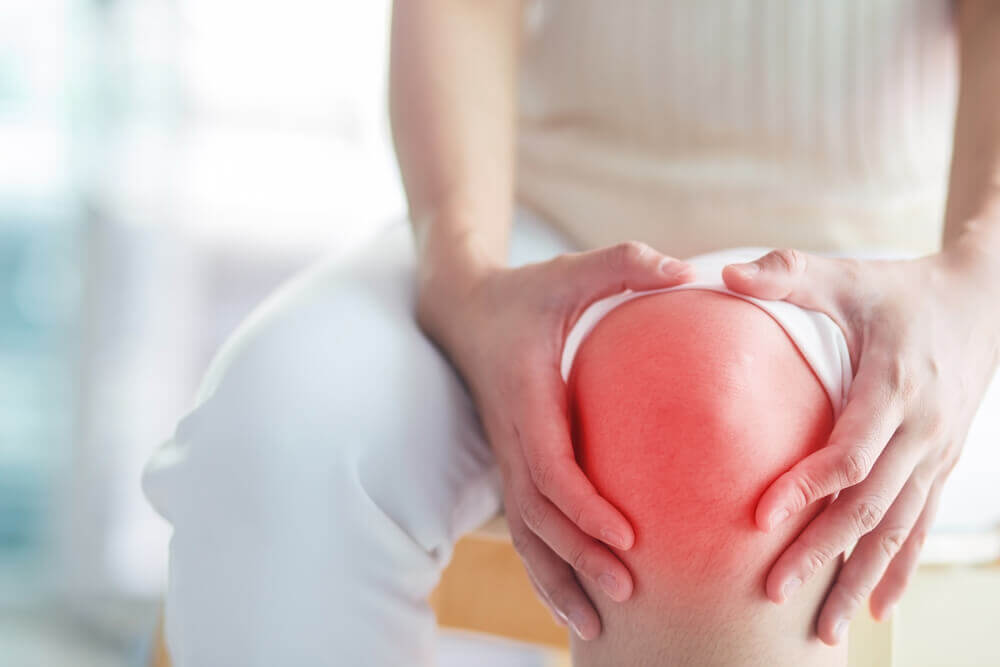
Arthritis is a term used for many conditions that affect the body’s joints, as well as the surrounding muscle, bone and soft tissues. The most common symptoms associated with arthritis is joint pain, limited function and joint stiffness. Arthritis is a common condition and it can significantly reduce a person’s quality of life.
Physiotherapists can play an important role in the treatment and management of arthritis symptoms. Arthritis doesn’t have to be painful but when it is, physio for arthritis is effective in managing pain. It keeps your joints mobile allowing you to remain healthy and active for as long as possible.

